SRI LANKA -- Sri Lanka, known as “the Pearl of the Indian Ocean,” is a cool getaway for restive minds, offering exotic travel, fine food and superb relaxation.
From pristine beaches lined with palm trees to Buddhist sites exuding beguiling beauty, Sri Lanka provides a melange of experiences for visitors.
Throughout the country, Buddhist shrines, Hindu temples, churches and mosques dot the verdant landscape teeming with wildlife, flora and fauna.
Religious festivals such as Kandy Esala Perahera, Vesak Festival and Sinhala, alongside artistic, musical and literary celebrations, including the Galle Literary Festival -- the largest in Southeast Asia of its kind -- are full of festive energy.
From pristine beaches lined with palm trees to Buddhist sites exuding beguiling beauty, Sri Lanka provides a melange of experiences for visitors.
Throughout the country, Buddhist shrines, Hindu temples, churches and mosques dot the verdant landscape teeming with wildlife, flora and fauna.
Religious festivals such as Kandy Esala Perahera, Vesak Festival and Sinhala, alongside artistic, musical and literary celebrations, including the Galle Literary Festival -- the largest in Southeast Asia of its kind -- are full of festive energy.


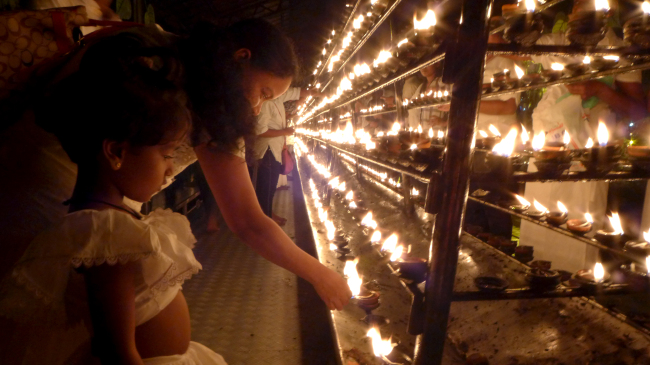
Since the end of 2009, the country has come out of three decades of civil war and engaged the world on multiple fronts, using tourism as a main driver of progress. Highways, railways, roads, ports and airports are being built across the country to improve connectivity.
“When former Singaporean Prime Minister Lee Kuan Yew visited Sri Lanka in late 1950s, he vowed to model his country’s development on ours,” Asanka Pradeep, an operator working with the Sri Lanka Tourism Promotion Bureau, told this reporter in early April.
“Ironically, several decades later, our politicians and leaders are trying to develop our country into a new Singapore. A small nation with only 20 million people, we can grow fast like Korea. Korea’s development was quick and smart.”
Pradeep lived in various cities across Korea from 2008 to 2016, selling electronic goods.
Although most tourists from Northeast Asia are Chinese, a growing number of Korean tourists -- mainly businesspeople looking for opportunities and combining their business trips with sightseeing -- are turning their eyes further westbound to Sri Lanka, he said.
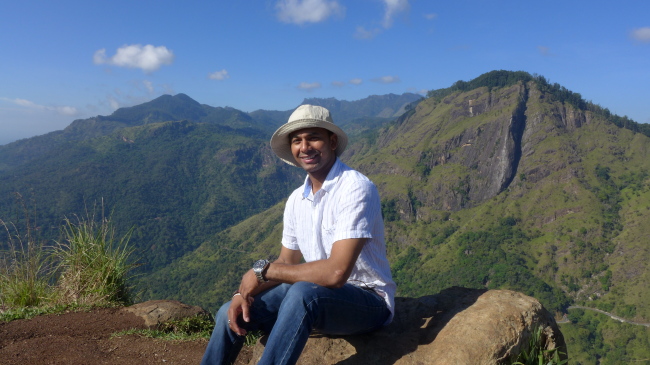
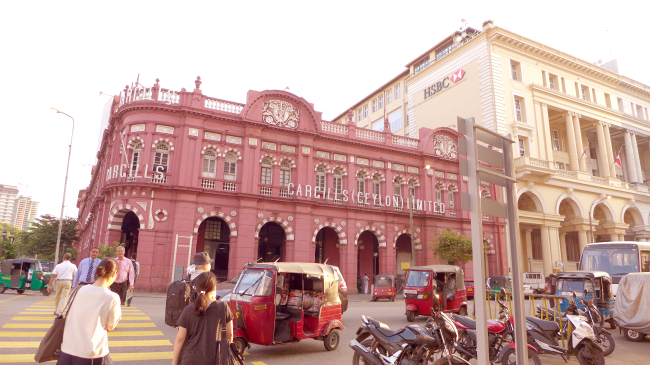

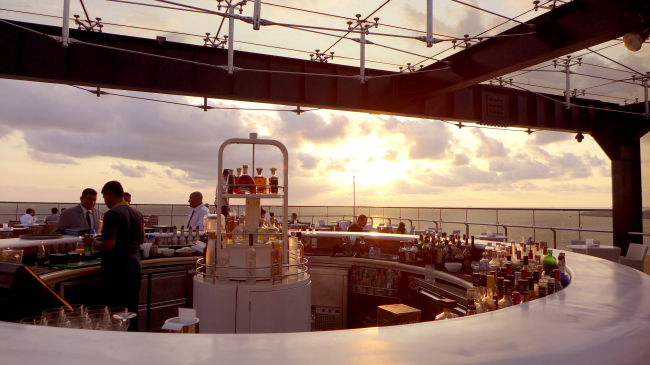
The country’s capital Colombo, located on the western shores, is a vibrant metropolis where the urbane, creative class live next to blue-collar artisans and laborers. Interlaced with the deep colonial heritages of the Arab world, Portugal, the Netherlands and Britain, it is a multicultural hot spot.
The capital has historic buildings, mansions, gardens, shopping malls and street markets that provide diverse and unique experiences.
As more than 70 percent of Sri Lankans practice Theravada Buddhism, which was introduced in B.C. 300, Buddhist heritages are scattered across the country.
The Sacred Temple of the Tooth in Kandy, the second-largest city in Sri Lanka, in the midst of Kandy plateau hills, houses one of most treasured Buddhist relics “The Sacred Tooth of Lord Buddha.” It draws followers from all over the world.
The edifice, which took nearly 100 years to construct, was completed in 1782. It is surrounded by a deep moat and features some of the country’s finest ancient architecture -- exquisitely carved wooden columns and sculptures that enshrine the deities Natha, Vishnu and Pattini.
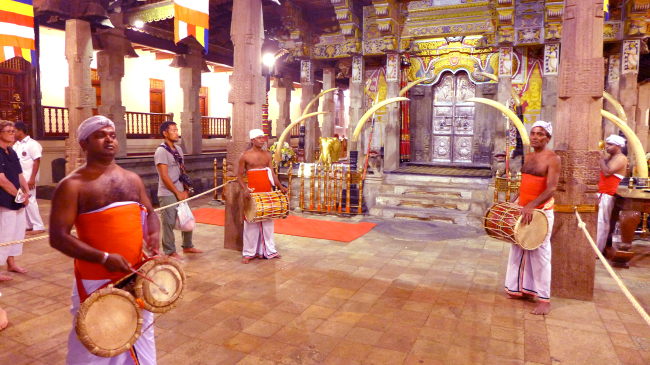
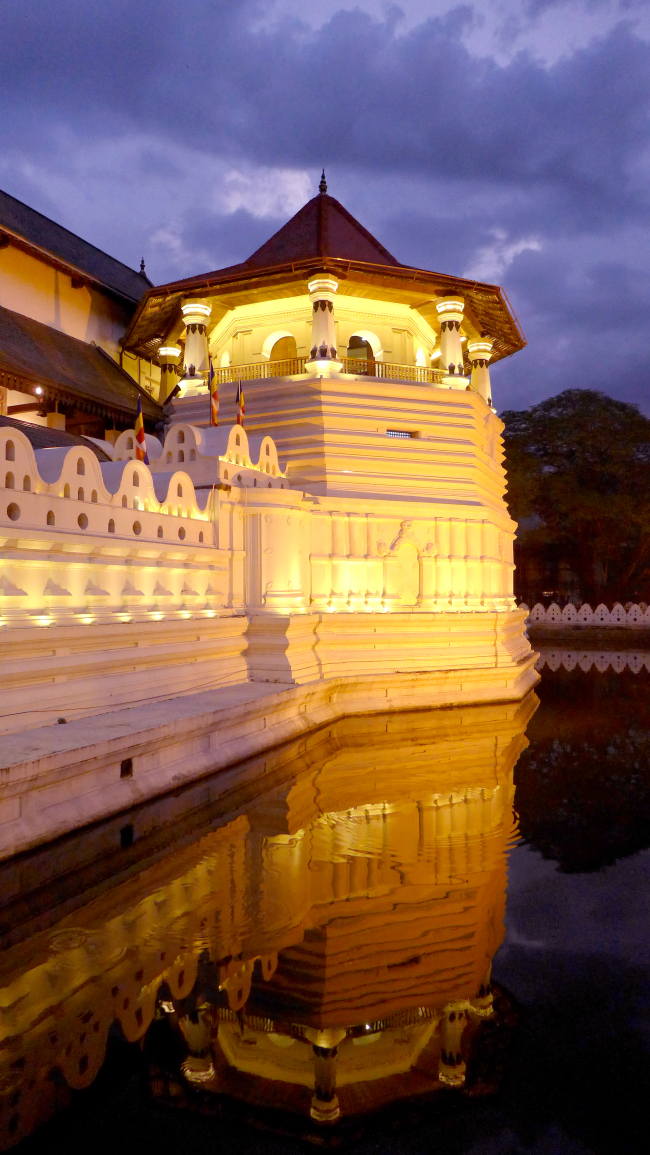
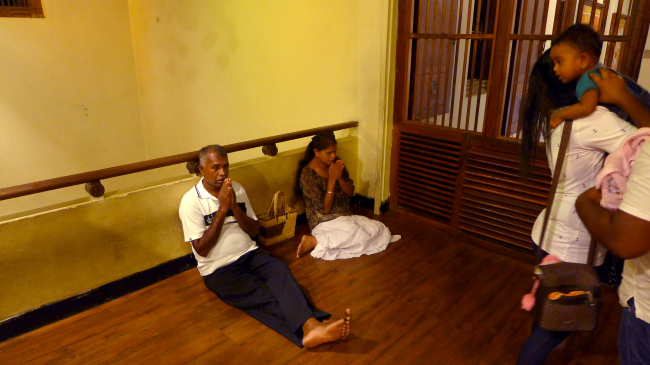
The Golden Temple of Dambulla, a cave edifice with Buddhist murals and statues on a mountaintop, in the central part of the country, is a UNESCO World Heritage Site. Dating back to B.C. 100, it has been a holy site for Buddhist and Hindu pilgrims for 22 centuries.
One hundred fifty-seven Buddha statues of various sizes and poses, including a 15-meter-long reclining Buddha, and frescoes, adorn the cave wall in Sinhalese art.
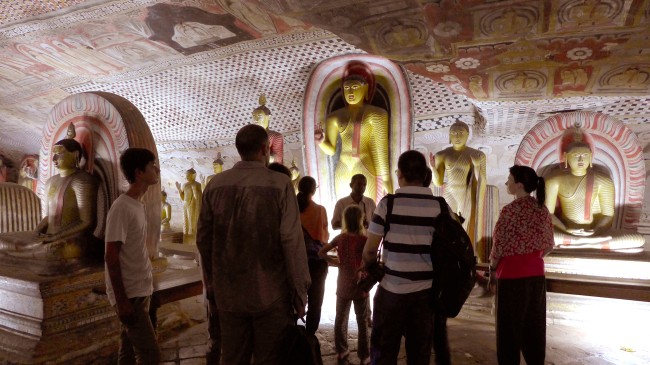

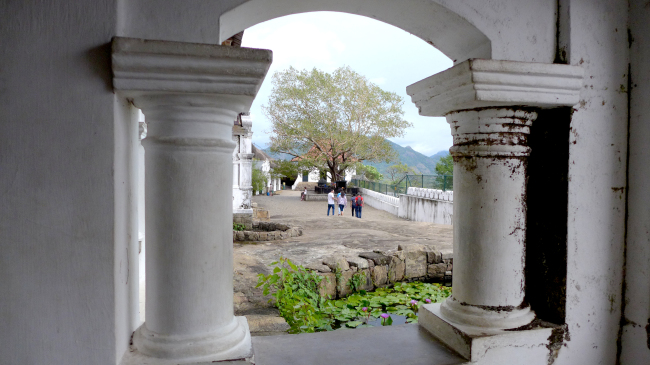
The Rock Fortress of Sigiriya, a royal citadel in the fifth century, is arguably the most famous attraction in Sri Lanka. It is an ancient palace and pleasure garden built atop a 200-meter rock for King Kashyapa, who seized power by killing his father and established his kingdom in Sigiriya. The imposing structure has landscaped gardens with ponds and murals that extend hundreds of meters from the base of the rock.
It is considered one of the earliest urban planning sites in world history, with concepts of symmetry and asymmetry harmonizing manmade structures with natural contours. On the entrance to the rock, there remain traces of large murals depicting 500 damsels who belonged to the king, alongside verses scribbled by visitors since the eighth century, describing love, irony and life.

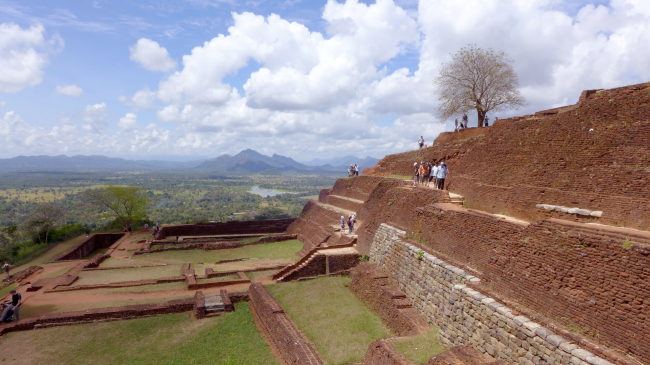

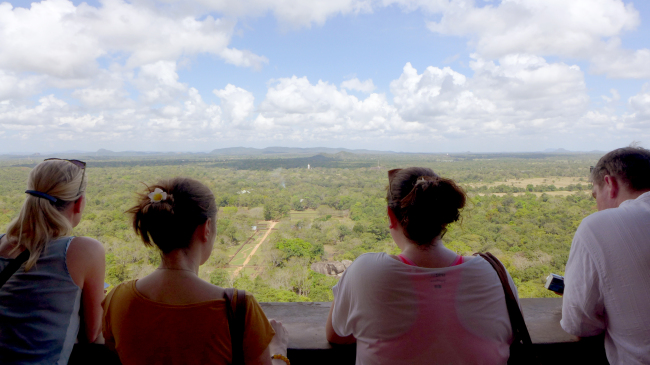
Covering merely 66,000 square kilometers, Sri Lanka -- formerly called Ceylon -- has 8 UNESCO Heritage Sites, 15 national parks, 1,300 kilometers of coastline, 350 waterfalls and vast expanses of tea estates and botanical gardens.
Tourists can enjoy windsurfing, kayaking, yachting, waterskiing and scuba diving in the ocean, rivers and streams.
The central highlands of the island have soaring mountains, cascading waterfalls and lush tea gardens, all of them mingling with clouds and dotted with towering Buddhist statues.
Adam’s Peak in Ella is a 2,200-meter mountain known as a sacred place for all major religions of the country. In clear weather, the distinct shape of the mountain is visible far out from the sea. It was used as a point of reference for sailors in the Indian Ocean. Visitors can climb Mini Adam’s Peak across the valley to view the mountain.
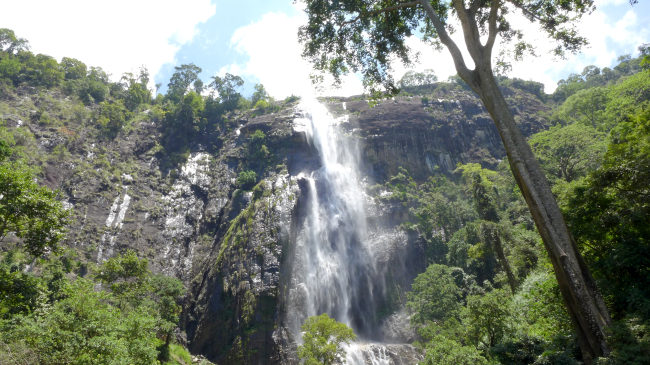


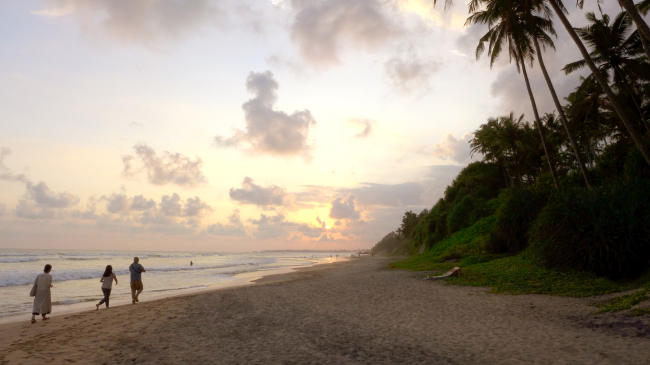
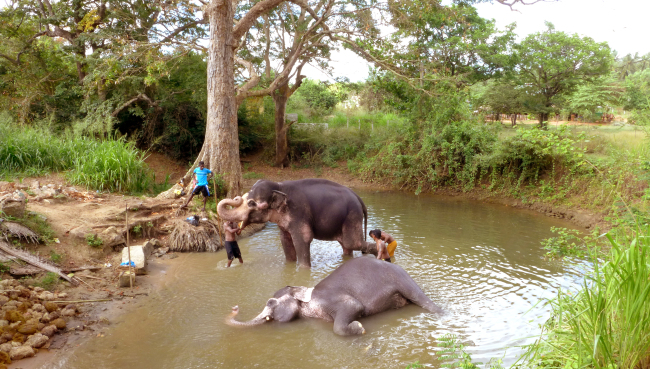
Those who want to look at wildlife can take a trip to safaris and parks, such as the Pinnawala Elephant Orphanage or Minneriya National Park, where there are large herds of elephants, deer, water buffalos, wild boars, monkeys, jackals and peacocks.
Sri Lanka is one of the most biologically diverse countries in the world, with elephants, water buffalos, sloth bears and leopards. The ocean surrounding the island is home to blue whales, sperm whales and dolphins, as well as five species of turtles. The country has 433 bird species and 106 amphibian species.
By Joel Lee (joel@heraldcorp.com)


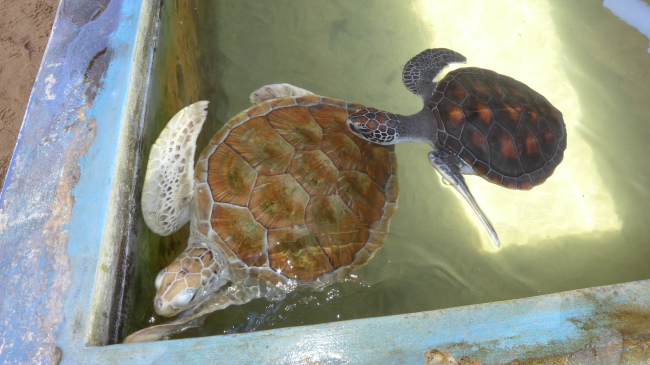
-
Articles by Korea Herald



















